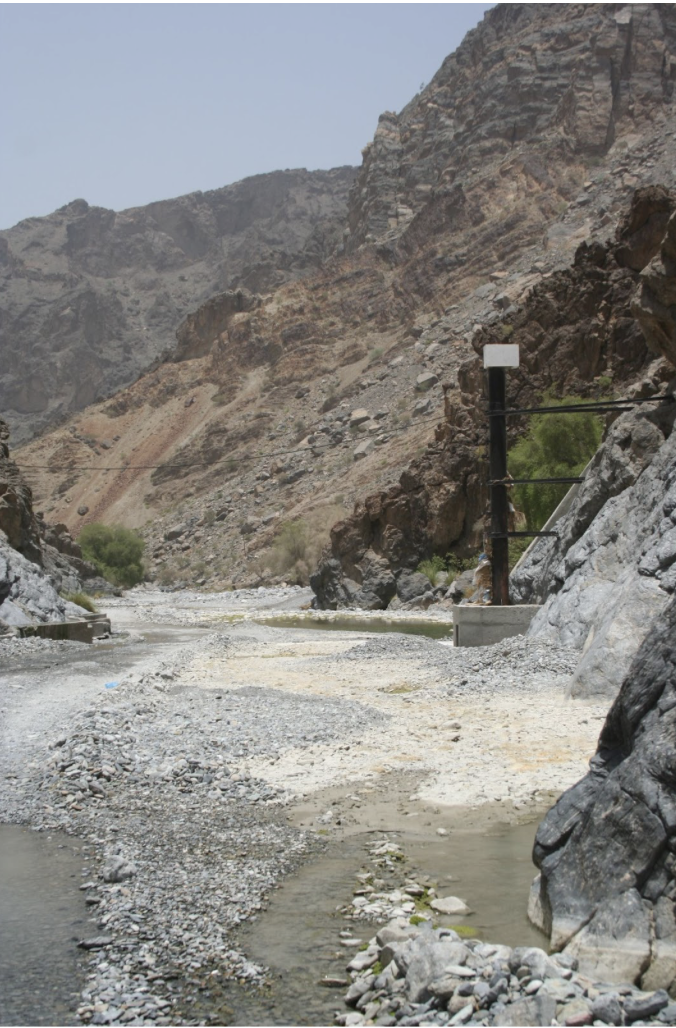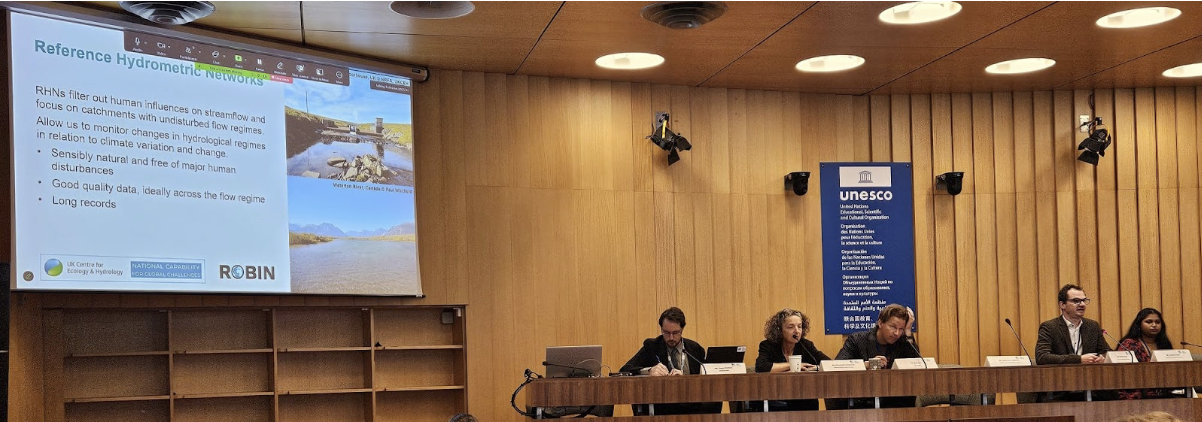
Hydrological change is one of the clearest signals of climate variability and human impact on the environment. Yet detecting these changes reliably requires robust, long-term data from river basins that are as close to “natural” as possible, with little influence from dams, abstractions, land use change or any other human influences. That’s where the ROBIN project comes in.
ROBIN, or the Reference Observatory of Basins for INternational hydrological climate change detection, is a global initiative led by the UK Centre for Ecology & Hydrology (UKCEH) to identify and compile data from near-natural river basins around the world. ROBIN has created an open, accessible dataset that can support climate change detection, hydrological modelling, and international collaboration.
Why near-natural basins matter
In hydrology, separating climate-driven signals from human-induced changes is notoriously difficult. Most river systems are heavily modified, making it hard to isolate the effects of climate variability. Near-natural basins, however, remove that human influence, so any long-term hydrological trends can be more easily attributed to climate change or variability.
ROBIN has brought together daily streamflow data and metadata from these basins, spanning different climates, geographies, and hydrological regimes, to build a reference network that can underpin global assessments of change.

Streamflow gauge in Oman © Harry Dixon, UKCEH
The challenges of building a global open dataset
Creating a global dataset is no small feat. The first phase of ROBIN involved making contacts in different countries, identifying suitable basins, gathering metadata, and compiling flow records from over 30 national and regional agencies. This process revealed several key challenges:
- Data availability and access: Many countries have valuable hydrological data, but it’s not always publicly available or easy to access. Licensing restrictions, federated systems, and a lack of digitisation can all be barriers. ROBIN aims to navigate this challenge by providing open-access code libraries to compute key hydrological indicators.
- Consistency and comparability: Hydrological data varies in format, resolution, and quality. Harmonising these datasets, while preserving their integrity, is a large task requiring careful management.
- Defining “near-natural”: What qualifies as a near-natural basin? Following multiple workshops, the ROBIN Network developed a set of criteria but applying them consistently across diverse regions requires local expertise and nuanced judgement.
Despite these challenges, Phase 1 of ROBIN successfully compiled data from over 3,000 basins across more than 30 countries. The dataset is now openly available via UKCEH’s data centre, providing a valuable resource for researchers, policymakers, and practitioners. There is also a Data Descriptor paper which delves much more into the details, openly available.
The power of the ROBIN Network
One of the most rewarding aspects of ROBIN has been the growth of a global community of hydrologists, data providers, and climate scientists. Being part of the ROBIN network offers several benefits:
- Collaboration and knowledge exchange: Members share insights on data quality, basin selection, and regional hydrology, helping to improve the dataset and its applications.
- Visibility and impact: Contributors are acknowledged in publications and presentations, and their data becomes part of a high-profile international resource.
- Capacity building: ROBIN supports training and workshops to help partners improve data management, analysis, and climate change detection methods.

In June 2025, ROBIN was presented at the UNESCO IHP 50th anniversary meeting in Paris, where discussions focused on the power of open data and infrastructure for global water monitoring. © Joanna Savage, UKCEH
The network continues to grow, with new partners joining from Africa, Asia, Latin America, and beyond. Current ROBIN members have expressed a real benefit of being part of this endeavour.
Sara Mager (University of Otago, New Zealand) says, “ROBIN has helped us bring together disparate flow records held between different local and national bodies. Research is already underway using this dataset, including detecting regional patterns in runoff generation and the incidence of atmospheric rivers…” whilst colleagues in Chile are quick to point out that ROBIN “supports scientific collaboration and boosts the visibility and use of regional datasets in international scientific efforts.” (Camila Alvarez Garreton, Center for Climate and Resilience Research, Chile)
What’s next: Phase 2 of ROBIN
With the foundation laid, Phase 2 of ROBIN is now underway. This next phase will focus on:
- Expanding the dataset: We aim to include more basins, especially from underrepresented regions, and improve temporal coverage.
- Strengthening the network: We’ll continue to build partnerships, host workshops, and support regional hubs to ensure ROBIN remains a truly global effort.
- Aligning global datasets: Aligning data-sharing processes with GRDC and ensuring complementary datasets.
Whether you are part of a National Hydrological Service, a researcher, or a practitioner, ROBIN provides a platform for meaningful engagement and innovation in understanding hydrological changes. If you’re not the right person but know someone who might be interested, we encourage you to spread the word! Join the ROBIN Network and reach out to us at robin@ceh.ac.uk to learn more or get involved.
Ultimately, ROBIN is more than just a dataset, it’s a network of people and a platform for collaboration. As climate change accelerates, the need for robust, open hydrological data has never been greater.
Prof Peter Thorne (Maynooth University and coordinating lead author of the IPCC AR6 WG1) says, “In the IPCC AR6 assessment we concluded that the direction of global streamflow trends remains uncertain, with ‘low confidence’ in patterns of observed change… With ROBIN providing a set of long-term, sustained measurements which are, to the extent practical, free of human perturbations, future assessments of global streamflow can potentially discern with higher confidence any signal that may exist.”
